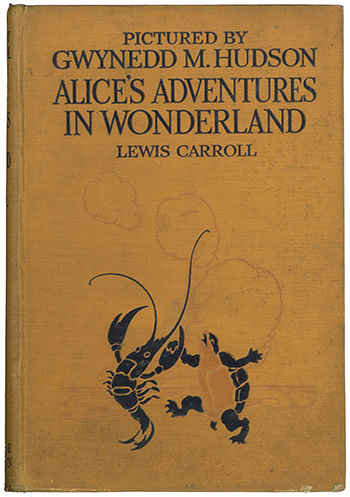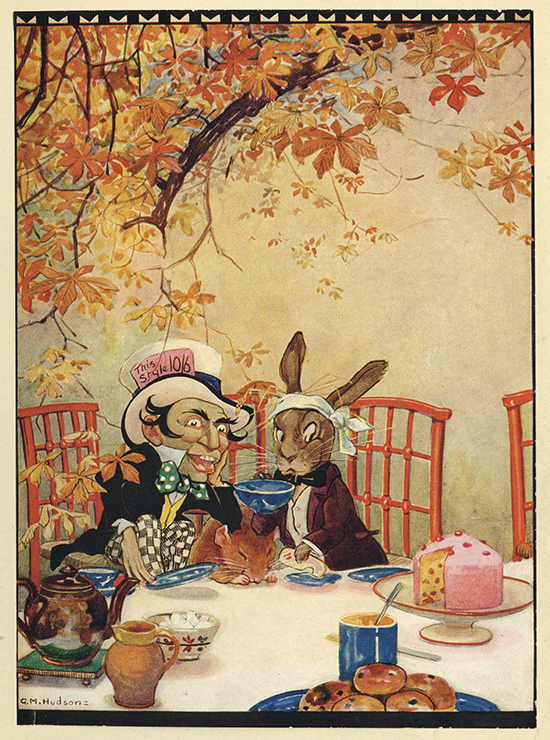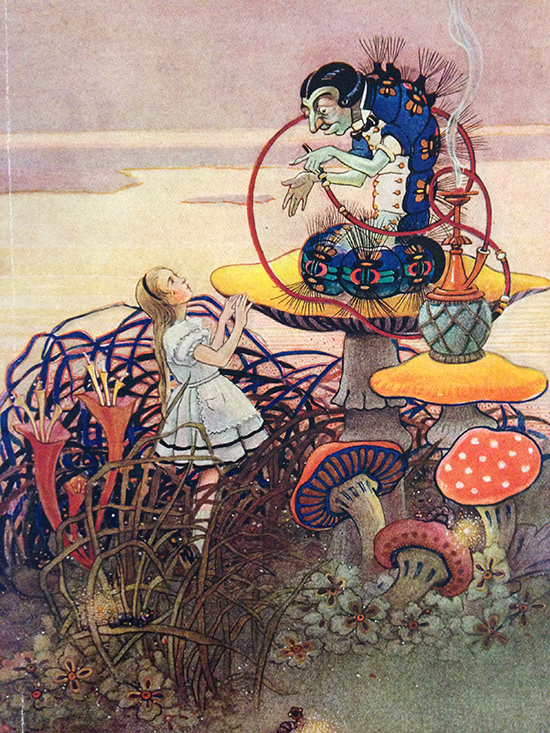28th February 2020 marks 200 years since the birth of the illustrator and political cartoonist, Sir John Tenniel. Although he is best known for his illustrations in Alice in Wonderland, for many years he was also one of the cartoonists for the magazine, Punch. He was knighted for his work in 1893.
Tenniel’s skills in drawing were largely self-taught. He did secure a place at the Royal Academy of Art but left dissatisfied after just a few weeks and joined the Clipstone Street Art Society. Here he studied all aspects of drawing, copying exhibits from the British Museum and wildlife from Regent’s Park. However, he tended to draw from memory rather than from life. He also studied Fresco technique and worked on wood.
Tenniel had exhibited artwork from the age of 16, and his first published illustration was in Hall’s Book of British Ballads in 1842.
Hall, Book of British Ballads (19th Century Collection 821.04 HAL)
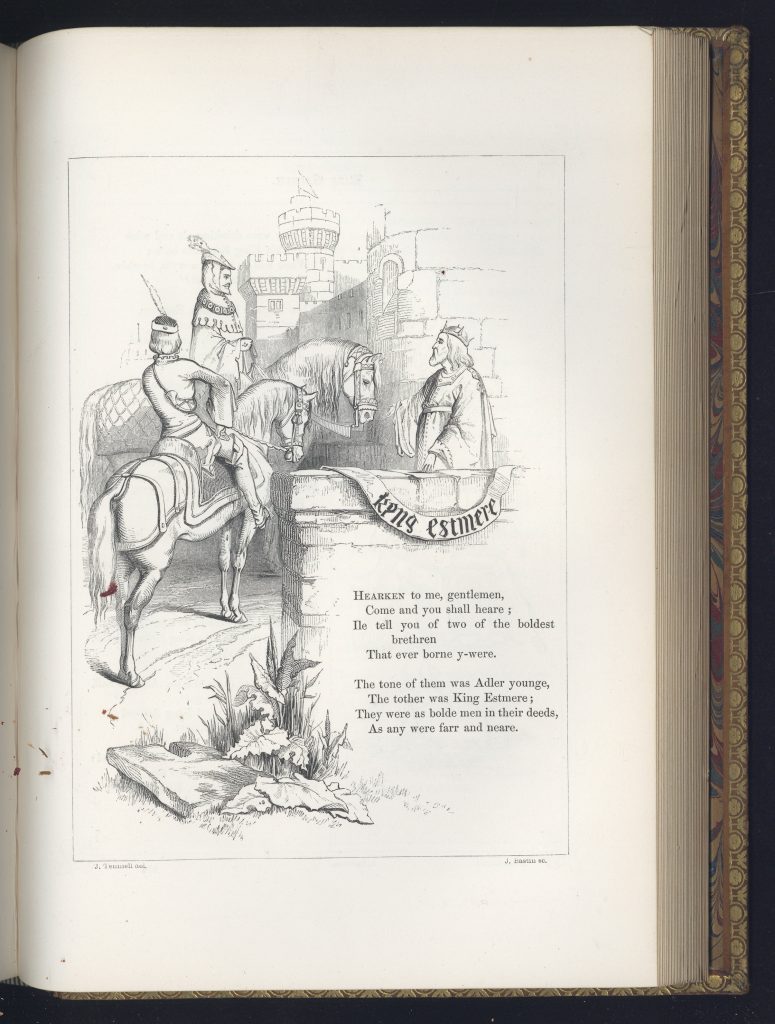
In 1845 Tenniel obtained a commission to paint a fresco in the Upper Waiting Hall in the Houses of Parliament after entering a contest. Part of the commission was to study fresco drawing in Munich with the other successful artists. His entry, a sixteen-foot high cartoon The Spirit of Justice, was noticed by the editor of Punch, Mark Lemon, who offered Tenniel a job as joint cartoonist in 1850.
Tenniel’s first illustration in Punch was published on 8th February 1851, depicting Lord John Russell and Cardinal Wiseman.
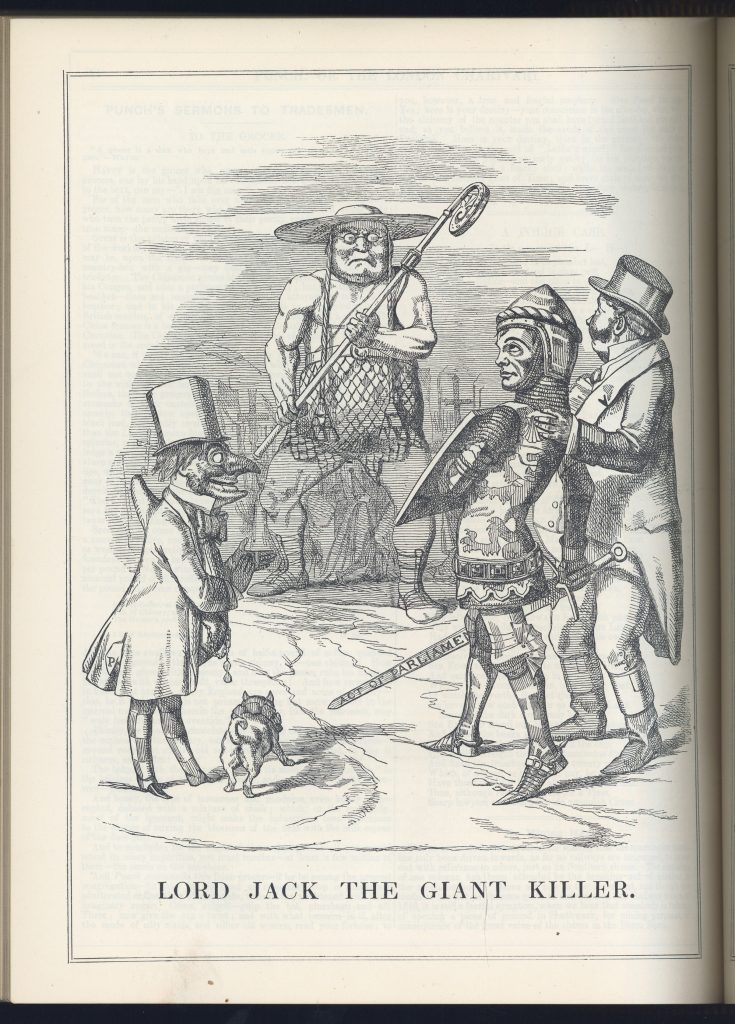
In 1860, Tenniel became the political cartoonist for Punch and remained working for the publication, as well as illustrating in books until he retired in 1900.
In 1864 Tenniel met Lewis Carroll. It was suggested by his publisher that Carroll used a professional illustrator on his recently written children’s story, Alice’s Adventures in Wonderland. Tenniel supplied 92 illustrations for this, as well as Carroll’s later publication Through the Looking Glass and What Alice Found There. However, the relationship became strained and Tenniel never undertook literary illustration again.
For all his life John Tenniel lived in London. His poor eyesight as the result of a fencing accident as a child, eventually led to blindness in later years.
His knighthood was a first for an illustrator or cartoonist and brought a respectability to the profession, his legacy, the 2000 images published in Punch and 92 illustrations in Lewis Carroll’s much-loved fairy tale.

